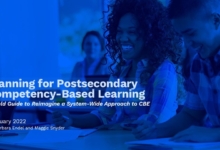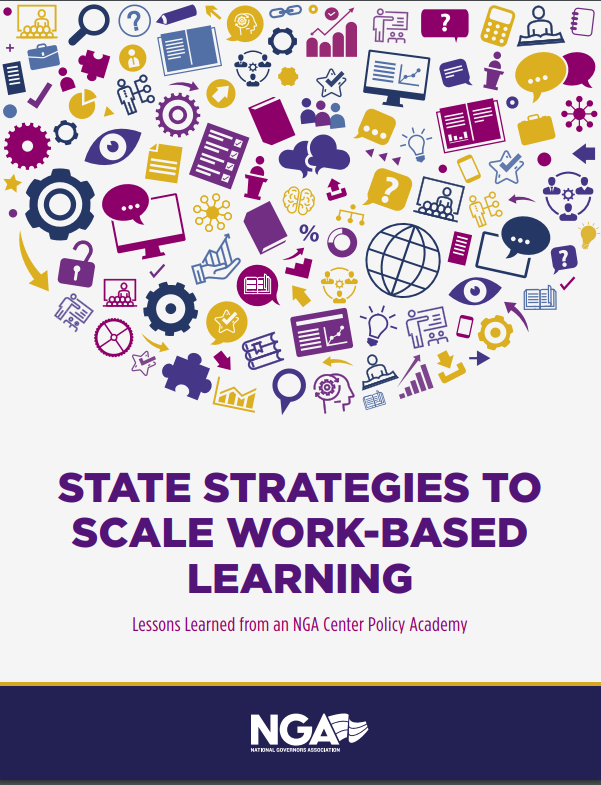Governors and state leaders around the country are pursuing strategies to identify and scale high-quality education and training programs to prepare their residents for good jobs. One of these strategies is work-based learning. Governors increasingly recognize the value of work-based learning as a key strategy to strengthen their talent pipelines and prepare their future workforce for success.Through the National Governors Association Center for Best Practices (NGA Center) Policy Academy on Scaling Work-Based Learning, the NGA Center worked with 19 states and territories over four years to scale high-quality work-based learning opportunities for youth and young adults. Through this work, the NGA Center and the participating states identified three core elements of long-term systems change to embed work-based learning in K- 12, postsecondary, and adult training and education systems. Those elements are:
- Vision and communication,
- Data and measurement, and
- Resources and policy.
A useful resource for state leaders looking to develop or strengthen work-based learning programs, this resource defines what a high-quality work-based learning program looks like, explains the elements of long-term systems change needed for a high-quality program, and identifies strategies that can support each element of systems change.






